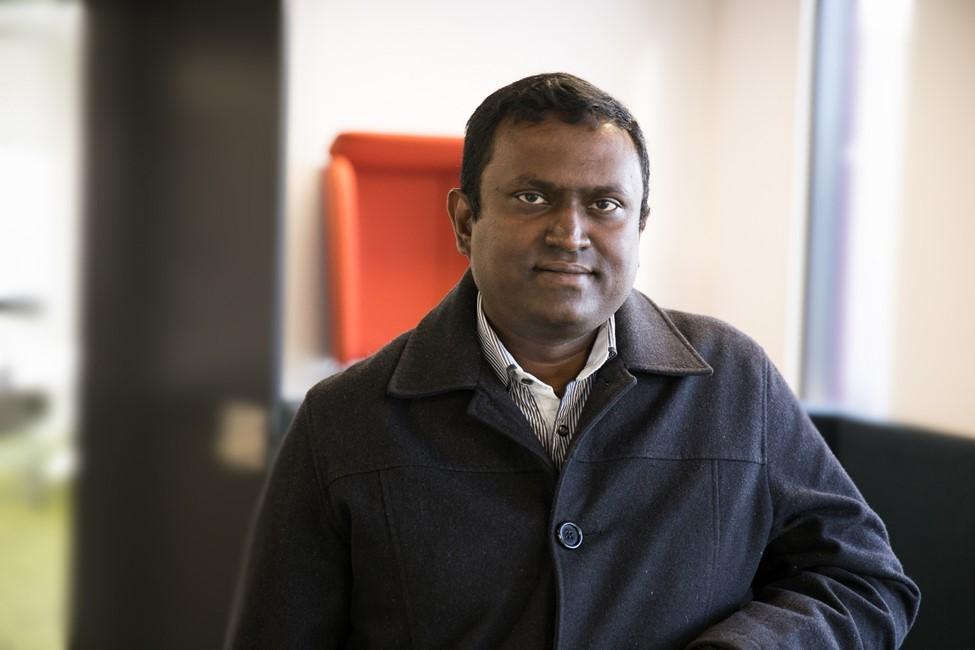
3 minute read
IOT FOR ALL
M. Imroz Sohel
Internet of things (IOT) has become an immensely popular buzzword of recent times. What is IOT? Devices that are connected to the internet and can be accessed from anywhere in the world can be categorized as IOT. This does not refer to a new technology rather a combination of existing and emerging technologies. Some examples of IOTs in everyday life include smart TV, smart home
Advertisement
security systems, smartphonebased health and wellbeing
monitoring devices, etc.
If we look carefully, we can see there are three major components involved in these devices: sensors (the components that are responsible to collect data), computing (processing the data) and the internet (to send and receive data). Let us discuss each of these major components bit more. A simple example of everyday use of sensors is the courtesy lights in our backyards. These lights are fitted with motion sensors, when any movement is observed, the sensor sends signals to the appropriate unit and decides to turn on the lights. These devices also fitted with light-sensitive sensors, so the lights stay turned off during the day or when there is a lack of sunlight. Now, what if the same device is connected to your phone via Wi-Fi of your house and the internet? This will then become an IOT device! That means IOT is neither a new thing nor a particular technology rather a combination of old and new technologies. If it is not a new technology, why IOT becoming so popular. I think there are a few major contributing facts. The first one is the cost, due to the unprecedented reduction in cost of semiconductor materials, these devices are becoming much more accessible.
To give you a perspective, an IOT based air quality monitoring device consisting of sensors and internet connectivity could cost you hundreds of dollars. The majority of the cost will come from the sensors. However, the cost of the chips responsible for computing and connecting to the internet will cost only a tiny part. The second contributing factor is the reduction of the actual size of the computing devices (processors/ ICECT). The third major contributing factor is the development of telecommunication network, you can get 4G network in major areas where most of our population live.
The cost of data for IOT devices (which usually use only a tiny bit of data compared to our usual video streaming and live football matches) using the 4G network is quite low. New technologies such as LoRaWAN promising significant cost reduction as well as the possibility to connect to the most remote areas.
Let us discuss LoRa and LoRaWan technology a bit. Lora and LoRaWan are proprietary of Semtech. LoRa (short for long range) is a spread spectrum modulation technique derived from chirp spread spectrum (CSS)

technology. Few examples of applications of this technology include smart cities, smart homes and buildings, smart agriculture, smart metering, smart supply chain and logistics, and more. This technology can be game-changer for Australia due to its vast land and remoteness. Some specific areas where LoRa can be attractive in Australia are agriculture, mining and environment.
Information is the key to success in the future economy. Organizations using IOT technologies will have efficiency, reliability and remote access at a very reasonable cost. Policymakers can make informed decisions. Like any other technologies, IOT posses many issues that need to addressed including privacy. However, it is up to us to take control and use it for the wellbeing of humankind rather controlled by it.
The author is the founder and CEO of Hertz Technologies. He is also co-founder and director of Global Renewable Energy Solutions. Prior to this he has worked as an academic at the University of Wollongong and New Zealand Forest Research Institute (Scion).

msohel@hertztechno.com





